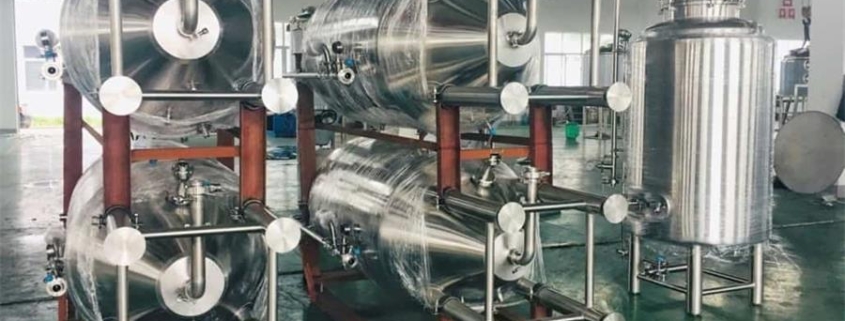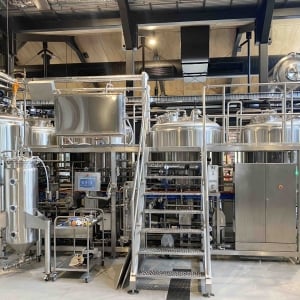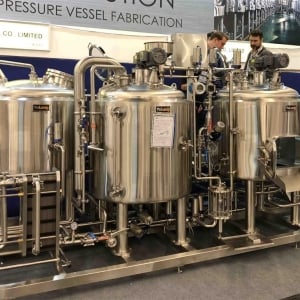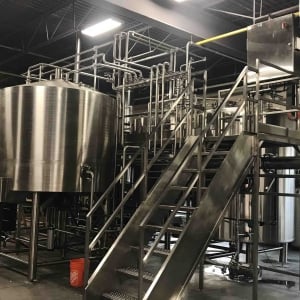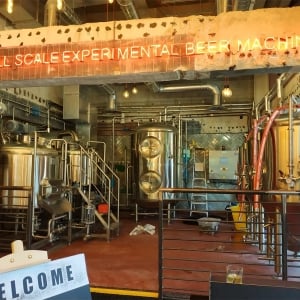5 Essential Components of a Micro Brewery Equipment Setup
Are you interested in starting your own microbrewery but don’t know where to begin with your equipment setup? Look no further! In this post, we’ll discuss the essential components that every microbrewery needs to get started. Whether you’re a seasoned brewer or just starting out, it’s important to understand the key pieces of equipment that are necessary for producing high-quality beer. From the mash/lauter tun to the conditioning tank, we’ll cover everything you need to know about setting up your microbrewery for success. So let’s dive in and explore the world of micro brewery equipment!
Mash/Lauter Tun of a Micro Brewery Equipment
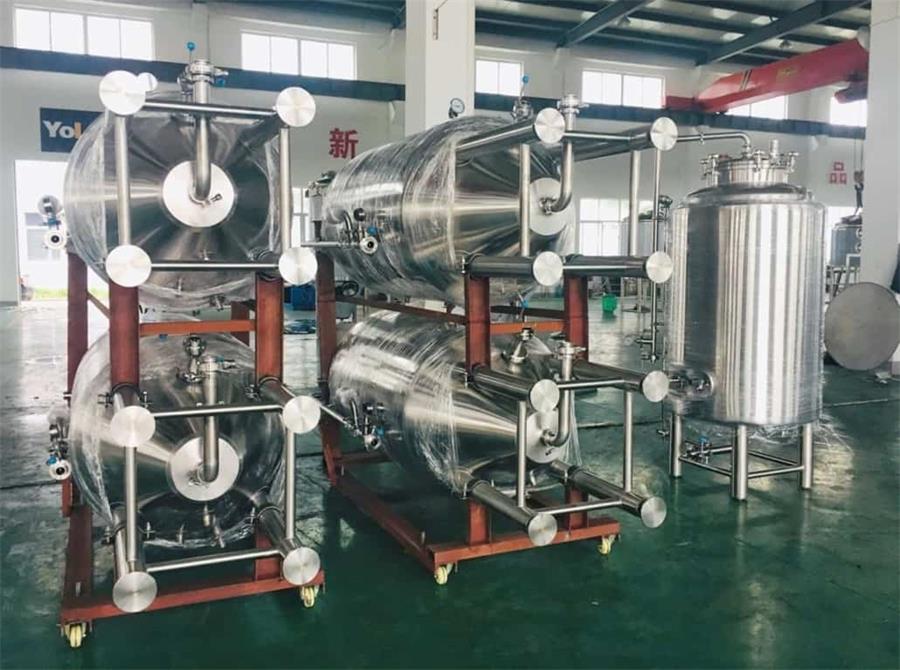
The mash/lauter tun is a critical component of any microbrewery setup as it’s where the brewing process begins. This is where the grains are mixed with hot water to create the wort, which is the foundation for all beer. The mash/lauter tun is essential as it allows the brewer to control the temperature, pH, and gravity of the wort.
There are several types of mash/lauter tuns that microbreweries use, including infusion tuns, decoction tuns, and mash filters. Infusion tuns are the most common type, as they’re simple to use and ideal for small to medium-sized breweries. Decoction tuns are used for more complex brewing processes, while mash filters are preferred for larger breweries.
The size and shape of the mash/lauter tun can also vary depending on the brewer’s needs. Some microbreweries use stainless steel tuns, while others prefer wooden or plastic tuns. Ultimately, the choice of mash/lauter tun will depend on the size of your brewery, your brewing process, and your personal preferences.
In summary, the mash/lauter tun is a crucial component of any microbrewery equipment setup. By understanding the different types of tuns available, you can choose the best one for your needs and create high-quality beer with ease.
Brew Kettle of Micro Brewery Equipment
The brew kettle is an essential component of a microbrewery equipment setup, as it’s where the wort is boiled with hops and other ingredients to create the final beer. The boil process is crucial as it helps to sterilize the wort, extract flavor and aroma from the hops, and drive off unwanted compounds.
There are various types of brew kettles available, including direct-fire kettles, steam kettles, and electric kettles. Direct-fire kettles are the most common type, as they’re easy to use and provide precise temperature control. Steam kettles are another option, which are preferred for larger breweries as they offer more consistent heating. Electric kettles are ideal for smaller breweries or home brewing, as they’re cost-effective and easy to use.
When selecting a brew kettle, it’s important to consider its features, such as heating elements and temperature control. Some kettles come with external heating elements, while others have internal heating elements that make cleaning easier. Additionally, some kettles offer temperature control options, which can help to ensure consistent heating throughout the boil process.
In conclusion, the brew kettle is a vital component of a microbrewery equipment setup. By understanding the different types of kettles available and their features, you can select the best one for your brewing needs and produce high-quality beer with ease.
Fermentation Tank of Microbrewery Equipment


The fermentation tank is a crucial component of any microbrewery equipment setup. After the wort has been boiled, it’s cooled and transferred to the fermentation tank, where the yeast is added and the beer begins to ferment. The fermentation process can last for several days to several weeks, depending on the type of beer being brewed.
The importance of the fermentation tank lies in its ability to control the temperature and pressure of the beer during fermentation. This affects the final product, as the temperature and pressure can influence the flavor, aroma, and alcohol content of the beer. The fermentation tank also helps to prevent contamination and ensure consistent fermentation throughout the batch.
There are various types of fermentation tanks available, including open fermenters, closed fermenters, and conical fermenters. Open fermenters are less common, as they’re more susceptible to contamination, but they’re preferred by some brewers as they allow for more complex flavor development. Closed fermenters are more common, as they’re airtight and allow for more precise temperature and pressure control. Conical fermenters are the most popular type, as they’re versatile and allow for easy yeast harvesting and beer transfer.
In summary, the fermentation tank is a critical component of any microbrewery equipment setup. By understanding the importance of the fermentation process and the various types of fermentation tanks available, you can select the best one for your brewing needs and produce high-quality beer that your customers will love.
Conditioning Tank of Microbrewery Equipment
Once the beer has completed the fermentation process, it’s time for it to be transferred to a conditioning tank. This tank allows the beer to age and mature, which can greatly affect the final flavor and quality of the beer. The conditioning process is essential as it helps to create a smoother, more refined beer with a better overall taste.
There are several types of conditioning tanks available, including horizontal tanks, vertical tanks, and bright tanks. Horizontal tanks are ideal for larger breweries, as they can hold a significant amount of beer and allow for easy cleaning. Vertical tanks are more commonly used in smaller breweries, as they take up less space and are easier to move around. Bright tanks are typically used for carbonation and clarification and are airtight to prevent oxidation.
When selecting a conditioning tank, it’s important to consider its features, such as its material, size, and shape. Stainless steel is the most popular material for conditioning tanks, as it’s easy to clean and doesn’t affect the flavor of the beer. Additionally, the size and shape of the tank will depend on your brewery’s needs and space constraints.
In conclusion, a micro brewery equipment setup consists of several essential components, including the mash/lauter tun, brew kettle, fermentation tank, conditioning tank, and cleaning and sanitation equipment. By understanding the different types of equipment available and their features, brewers can select the best options for their needs and create high-quality beer that meets the expectations of their customers. With the right equipment and best practices in place, microbreweries can produce delicious beer and build a loyal customer base.

